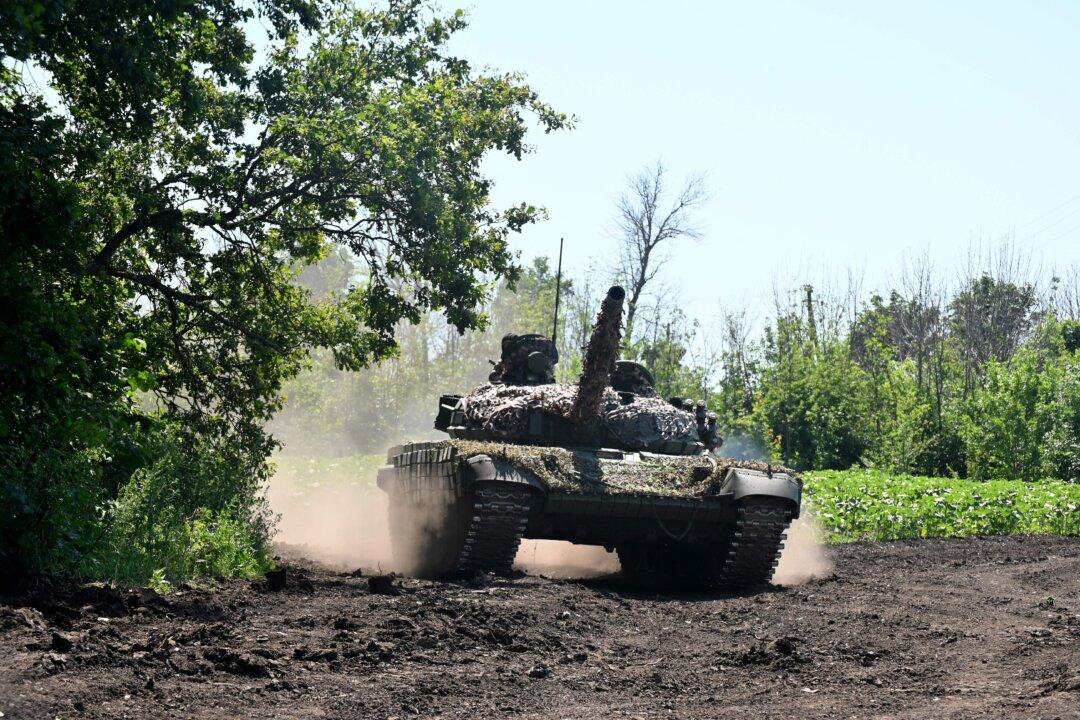Commentary
In response to Western criticism that its counter-offensive is moving too slowly, the Ukrainian government is claiming that the last ten days of combat in eastern Ukraine have been “particularly fruitful.”

In response to Western criticism that its counter-offensive is moving too slowly, the Ukrainian government is claiming that the last ten days of combat in eastern Ukraine have been “particularly fruitful.”